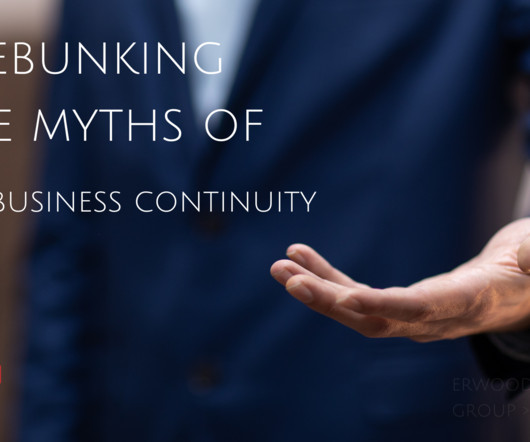The Ultimate Guide to Residual Risk
MHA Consulting
MARCH 2, 2023
In deciding its risk tolerance level, management should analyze the cost to the organization of having its operations offline. An organization that can undergo an outage of five days at no great cost is justified in having a high risk tolerance. Where risk tolerance is high, controls can be relaxed.












Let's personalize your content